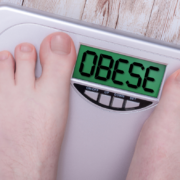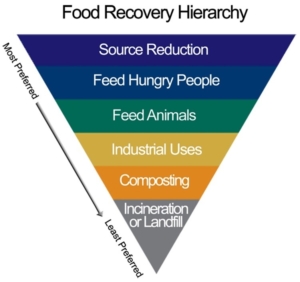The National Consumers League applauds the reintroduction of bipartisan legislation to give millions of Medicare beneficiaries access to safe and effective obesity treatments
July 21, 2023
Media contact: National Consumers League – Katie Brown, katie@nclnet.org, 202-823-8442
Washington, D.C. – The National Consumers League (NCL) welcomes the reintroduction of the Treat and Reduce Obesity Act (TROA) as a needed step to end outdated Medicare rules that leave millions of seniors with diagnosed obesity – particularly members of Black and Latino communities – vulnerable to disability, disease and premature death due to lack of access to the full range of treatment options.
Introduced by Senators Tom Carper (D-DE) and Bill Cassidy (R-LA) and Representatives Brad Wenstrup (R-OH), Raul Ruiz (D-CA), Mariannette Miller-Meeks (R-IA) and Gwen Moore (D-WI), TROA will end this regulatory logjam by expanding coverage under Medicare Part D to new FDA-approved anti-obesity medications, which are currently excluded under a policy dating back to 2003. TROA will also end Medicare Part B restrictions on intensive behavioral therapy (IBT) that limit the delivery of IBT to primary care providers and restrict the physical locations where this care can occur. Through TROA, clinical psychologists, registered dietitians and nutrition professionals will be able to provide IBT if an individual with obesity is referred by a physician.
At a time when the obesity rate among adult Americans exceeds 40 percent and is even higher among communities of color – virtually half of African Americans (49.6 percent) and 44.8 percent of Hispanics are living with obesity – passage of TROA could be a critical step in changing the trajectory of a disease that for too long has been overlooked and undertreated. The National Consumers League applauds TROA’s reintroduction in the 118th Congress and pledges our support to gain passage of this important legislation on an expedited basis.
###
About the National Consumers League (NCL)
The National Consumers League, founded in 1899, is America’s pioneer consumer organization. Our mission is to protect and promote social and economic justice for consumers and workers in the United States and abroad. For more information, visit nclnet.org.

















